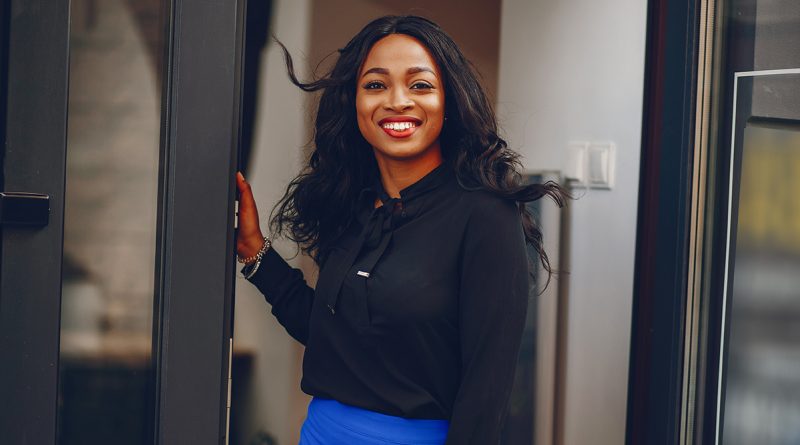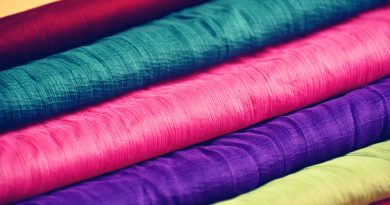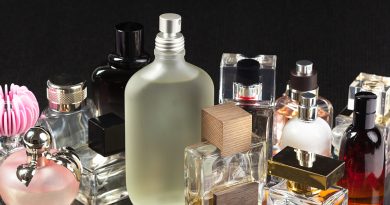Women Of Color In America To Set New Beauty Standards
The American beauty standard, according to the media, often defines the world’s beauty standard. Western Culture, especially Hollywood. plays an active role to define ‘beauty’ in terms of body image and physical measurements.
International Women’s Day has become a tremendous platform for women, especially women of color, to voice their concerns. Females from all around the world come to these stages and raise their voices against the odds.
How are things changing?
As a Racked article says, to fit in, immigrant women have had to change their perception of their attractiveness. Therefore, whether intentionally or unintentionally, these women have now started to completely rewrite the ideal of beauty by using appropriation.
Impact of political turndown
With Trump constantly thrashing women and immigrants, many organizations and women believe now is the moment to speak out. As a result, one of America’s leading sportswear corporations, Nike, has revealed plans to create a Muslim sportswear brand. According to The Guardian, Nike is going to name this brand the Pro Hijab. It is a positive response to the increased participation of Muslim female athletes in the US. Therefore, upon watching this, one can say that this sort of marketing will help greatly in combating Islamophobia.
Influence of Asian trends
On the other hand, the Asian beauty practice has migrated to the US. In recent years, Asian beauty has steadily gained ground in the American beauty industry. Thus, customers buying Asian beauty items is increasing day by day. According to Pacific Standard reports, companies see this as a great chance to dominate the market.
The transforming pop culture
Renowned black women like Beyonce have helped reimagine American beauty. Her album, Lemonade, showed how the world needs to praise black women’s beauty standards rather than condemn them.
Lemonade was a Grammy nominee for the album of that year. Bustle translates the meaning of Beyoncé’s album’s black hairstyles and says how the world should value them. In the album, her message was clear. She wanted to claim that she and other black women should be proud of their ethnic heritage. She clearly says that this proud feeling is what determines their attractiveness.
Different cultures’ beauty definitions
Other communities and peoples also have their unique cultural perceptions of beauty, just as we do. Thus, here are 11 things that people from various cultures find appealing.
Tattoos on the face
New Zealanders find tattooing the chin and lips attractive. This centuries-long ritual entails the application of Ta-Mako designs in black or dark blue ink on the woman’s face. Ta-Mako tattoos can serve as a public statement to show that one belongs to the Mori tribe. This culture is famous all around the world. And people here love to get tattoos on their faces.
Henna
While henna has gained huge popularity in the United States, it is a kind of temporary body art. The henna originated in India. Indian ladies use henna as a form of decoration and attractiveness. They mostly apply it on their wedding days and during specific religious holidays. Henna also suggests that Indian ladies have a better social status. Indian ladies love to apply henna to their hands.
Foot Binding
Even though the practice was outlawed in the 1940s, foot binding was an important practice in Chinese culture. Foot Binding involves breaking all of the toes and bending them backward on the sole. Then they wrap them tightly with a fabric to keep them in place. As a result, the feet become smaller and diminutive, which is highly praised in China.
Plates for the lips
Ethiopian women of the Mursi tribe wear lip plates as a popular accessory. A woman usually needs to remove the top or bottom two front teeth to make room for the lip plate. It emerges throughout adolescence and becomes bigger with time. The bigger the woman’s lip plate, the more desirable people think of her.
Faces with a heart shape
In South Korea, people go through plastic surgery to make their faces look more heart-shaped. For having a pointed chin, the surgeons break their jaws bone into three sections. They remove the center component and then fuse the other two. South Korean women consider this face shape as the most attractive.
Yaeba
Yaeba is having a desire for crooked teeth. It translates to “Double Tooth,” which has swept Japan’s ladies. Women will see orthodontists and have a substantial treatment on their teeth to make them appear crooked and uneven. They are intended to look more accessible and, consequently, more beautiful as a result of this.
Scarification
Scarification is an across-the-board practice in areas of Africa, particularly Ethiopia and South Sudan. It is also very much popular in Papua New Guinea. One performs it with a knife in order to leave permanent marks on the body. Both boys and girls go through the rite of scarification when they hit maturity. This is a very old tradition and very famous as well.
Skull Binding
This process dates back to 7,000 BC in ancient cultures across the globe. It spreads from the Middle East to South America. Skull binding includes wrapping an infant’s head in a tight cloth or wooden brace to give it a desirable shape. It was a way of molding one’s skull to grow longer rather than broader. Various cultures see different skull shapes as a sign of beauty and social status.
Whitening of the Skin
Women from other cultures consider fair skin more beautiful, as Western women tend to have a lighter complexion. To get a pale skin tone, women across the world have started to avoid the sun. They also have stopped using skin-whitening products.
Ear Stretching
Ear stretching is common among both South American and African men and women. People pierce their ears first. Then they use weights to stretch their earlobes out till they reach their shoulders. They do this to show their loyalty to their tribes and attractiveness. In the form of gauges, I assume the United States adopted this less drastically.
Neck stretching
Mostly women from the Kayan tribe, Burma, and Thailand practice neck stretching. Females as young as five years old start to wear brass rings around their necks. As they grow older, they add more rings to it. The more rings a lady has, the more elegant and lovely people think of her.




